The craft beer industry is facing some tough challenges. Consumer trends are shifting toward healthier, fast-paced lifestyles, and perceived economic hardships are affecting buyers’ purchasing habits. These factors have placed many heavy craft beers on the back burner and created a demand for lighter and more refreshing beverages.
A recent report showed that craft spirits sales overtook beer for the first time ever. Ignoring this statistic could have significant consequences for a craft brewery. Failing to recognize and respond to market shifts and changing consumer preferences can result in missed opportunities, decreased competitiveness and potential challenges for a brewery's long-term viability.
Adaptation is the driving force behind innovation in the bev-alc industry. Go to just about any market or convenience store and you’ll see the ever-expanding offering of craft beverages. To remain competitive and relevant, some craft breweries have tried to ride the seltzer wave, some gaining new market share and some executing not so successfully. Others have seen an opportunity to use their existing equipment and expertise to produce spirits. Cocktails are making a comeback, and craft breweries can tap into this market by offering their own unique blends and flavors.
But before you decide to expand your product line, ask some critical questions:
- Why are you expanding?
- How are you expanding?
- And, probably most importantly, how will you measure and manage your expansion?
Expanding into the production of distilled spirits is an innovative route that can create an entirely new customer base. But before you begin, it’s crucial to take the time to understand when and if this is the right move for your brewery.
The Shifting Landscape of Craft Breweries
Despite a marginal sales uptick in 2021, craft beer is now in a period of “slow to no growth” according to Bart Watson, chief economist of the Brewers Association. In its place, a younger generation's enthusiasm for craft spirits is changing the industry, accompanied by the surging popularity of cocktails, RTDs and low- to no-alcoholic beverages. This transformative shift is fundamentally altering the landscape of craft brewing.
As a result, the lines between beverage categories are blurring as consumers embrace hybrid products that combine elements from different traditions. For example, the intersection of craft beer and distilled spirits has given rise to beer barrel-aged spirits and beer-wine hybrids, creating innovative cross-category offerings. Brewers are reimagining classic recipes and techniques, infusing them with modern twists and unexpected ingredients.
This evolution presents challenges and opportunities for brewers to adapt, experiment and craft alcoholic beverages that resonate with the ever-evolving desires of modern consumers. Done correctly and timely, craft brewers can position themselves at the forefront of an exciting and transformative industry.
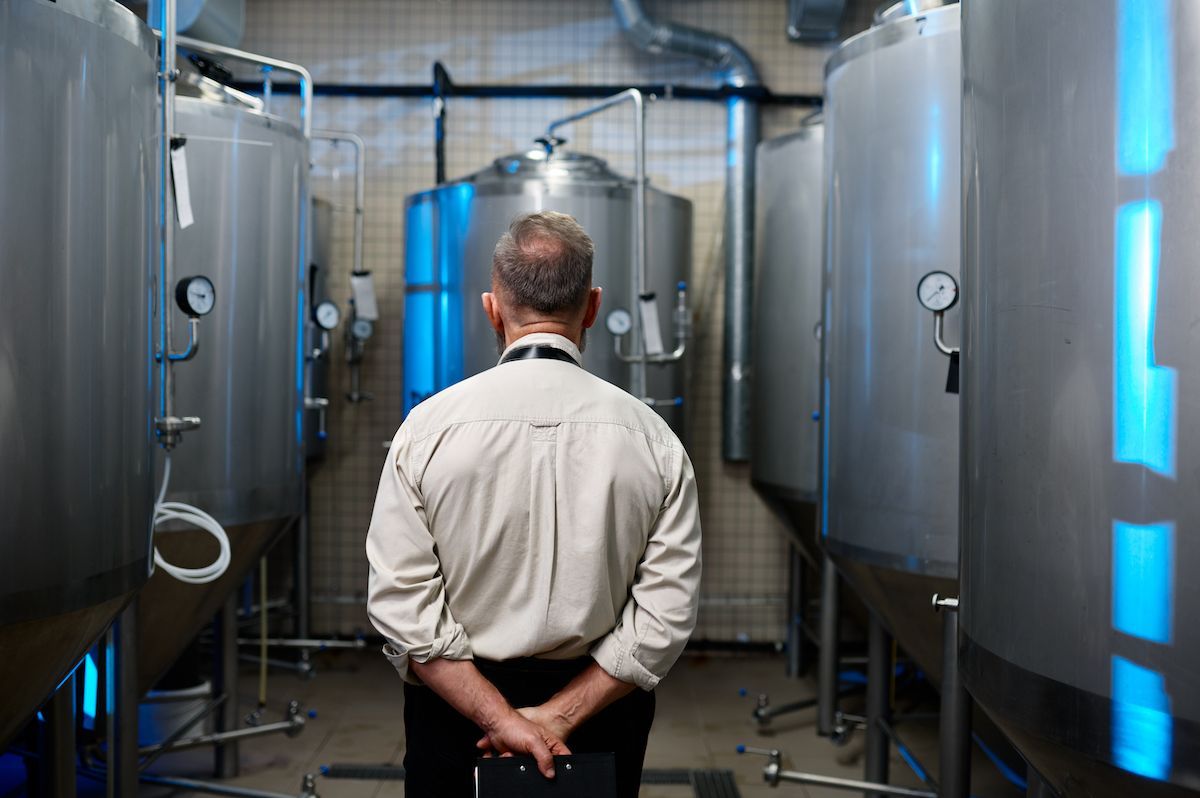
The Power of Diversification
Diversification can help you reach new customers, create new revenue streams and reduce your exposure to changes in market trends. But diversification is not a magic bullet. It must be done right, or you might waste time, money and resources. You owe it to yourself and those who trusted in you – employees, banks, investors – to keep your business viable. Diversifying at minimal expense could be a great way to do that.
It isn’t about jumping on every bandwagon or following every fad. It’s about finding a niche or a gap in the market you can fill with your unique value proposition. You need to be realistic and strategic about your diversification plans to not overextend your brewery.
Data can help you evaluate if you can take on a little risk to potentially better your business through diversification.
Do your research.
Before launching a new product, you must do market research and analysis. Answer these questions:
- Is there a demand for your product?
- Who is the target audience?
- What are your competitors doing?
- What are the trends?
- What is the cost and feasibility of producing and distributing your product?
- What new federal or state regulations will you have to report on?
Keep the pulse on market considerations. Monitor consumer preferences and market trends to identify a waning interest in beer sales in your region. Look for increasing consumer interest in convenient, pre-mixed alcoholic beverages, especially among your target demographic.
Conduct thorough market research to assess the current distilled spirit landscape, including competitors, pricing and consumer preferences. If you observe a gap in the market or a need for more diverse RTD options in your region, this could indicate an opportunity for your brewery to fill that void and gain a competitive edge.
Be different but relevant.
Find the sweet spot that balances innovation and adaptation without being too niche or mainstream. Your new product should offer something different and distinctive that sets you apart from the competition. But it should also be relevant to your customers' current needs and wants.
Be flexible and adaptable to keep up with new opportunities and challenges. The craft industry is constantly evolving and changing. Monitor your performance and feedback and be ready to adjust or improve as needed. Be open to learning from others and collaborating with partners who can help you grow.
Brewers already possess the skills and knowledge to create flavorful and balanced beverages. This expertise can be leveraged to craft innovative, high-quality spirits and RTD options that stand out, allowing some breweries to capitalize on their existing infrastructure investments.
When is the Right Time to Add a Distillery?
The right time to add a distillery to a brewery depends on a holistic evaluation of market conditions, operational readiness, regulatory factors and your brewery's unique circumstances. It’s a significant decision that requires careful consideration and planning. Analyzing the data from your brewery ERP software can help you understand your current business and develop or adjust your long-term vision, clarifying your expansion options.
Assess your brewery’s operational capacity.
If your brewery’s operational capacity possesses untapped resources capable of accommodating spirits production without compromising existing beer quality, the pathway to expansion becomes clearer.
If you have the capacity to take on contract beverage production for other producers (think all those well-marketed beverage brands with no actual location to visit) or the opportunity to invest minimally by procuring grain-neutral spirits and doing the blending at your facility to offer the latest canned cocktail, why not capitalize on that?
Each situation is unique, but it's worth some investigation. Do you have capacity in your production facility for both storage and packaging? Are there any state regulations limiting where you can produce and store different types of alcoholic beverages? Do you have a system that easily allows you to charge back customer-led production, or would everything have to be on your books as your own? Can you easily procure grain-neutral spirit?
Capitalize on your brand identity.
The fact is that most consumers aren’t loyal to one type of craft beverage. Rather, they are consumers first and foremost, especially of brands they know they like. Depending on the season, time of day, function or event, they might prefer beer one day and cocktails the next. Customers buy into an experience and a well-established brand carries weight. If your brewery enjoys a strong reputation and a loyal following, this foundation can extend naturally to include spirits, enhancing acceptance.
While beers can be unique, there aren’t as many unique beers as breweries making them, so branding and experience become the differentiating factors. Your Instagram, taproom and label often speak as much to what your customers experience as the beverage inside the bottle or can.
If you’re thinking of dropping a new product, how does it fit within your vibe? It must be unique enough to make it but still appeal to your experience. Otherwise, you risk alienating your existing base. However, sometimes, you need to find a fresh following if your base has diminished.
Who are your drinkers? Where and when do they drink? Match your products to that, and you have a strategy for the business to persevere.
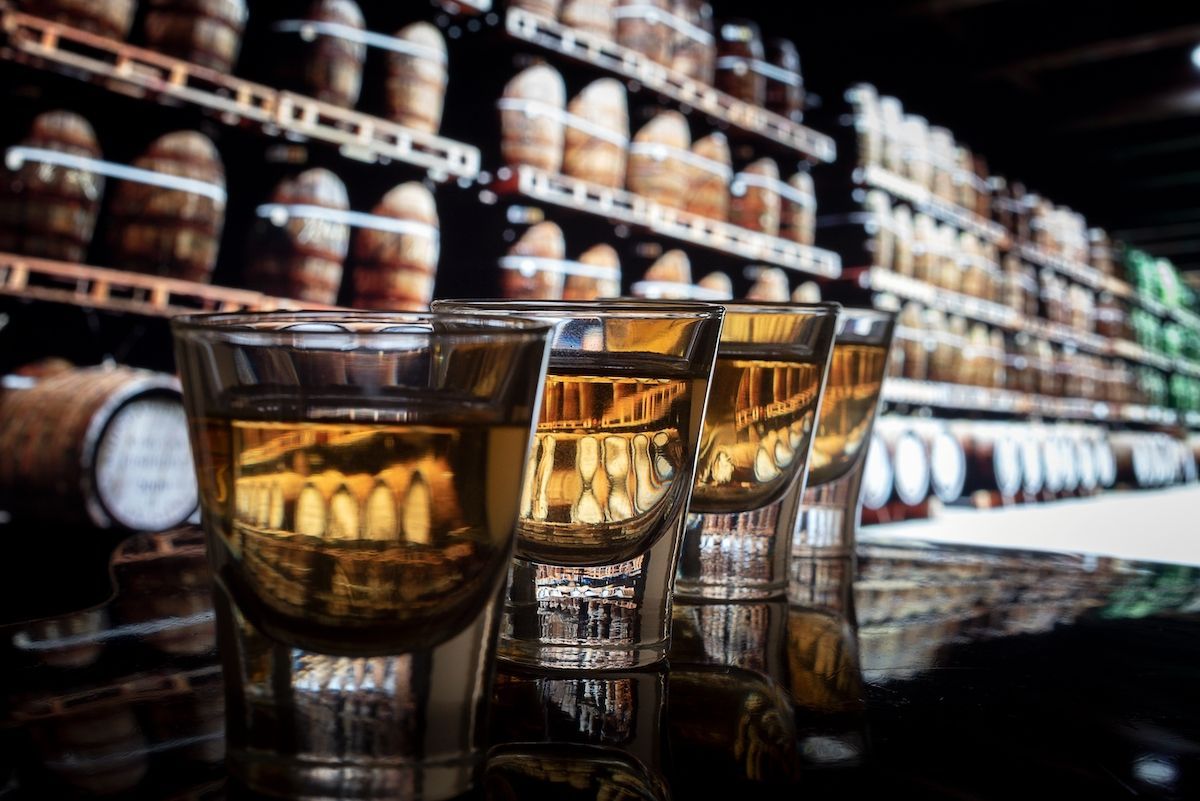
Leveraging Data and Crafted ERP for Early-Market Success
The direct-to-consumer (DTC) landscape for spirits is evolving, offering a chance to secure an early-market advantage. The challenge is distribution. Expanding to meet the demands of a newly formed distributor relationship can quickly lead to over-leveraging and inventory issues. The right data at the right time is critical.
As the lines continue to blur the traditional categories of the bev-alc industry, the software you use to capture and analyze data should adapt alongside. Beverage production software helps you answer the questions in this article and more.
Crafted ERP is the ultimate software for craft breweries that want to diversify into spirits production. Completely personalizable and scalable to fit your business as it is today – and what it will be tomorrow – it allows you to track and manage all your raw materials, inventory, production, consumption and sales for beer, spirits and any other type of beverage you produce in one system – with one login. It also includes industry-specific accounting standards, tax rules, reporting, and revenue and expense schedules.
Crafted ERP is an infinitely scalable, end-to-end solution that can handle the complexity and diversity of beverage production across multiple licenses, product lines and entities, making expanding your product portfolio and entering new markets more accessible. The user interface can be modified to accommodate proprietary processes and complex corporate structures through various modules, apps and tools to deliver the best solution.
Ready to make your mark in the evolving spirits landscape? Secure your competitive advantage with Crafted ERP. Contact us to tap into the potential of your craft brewery and venture into spirits production with the data and confidence to back it up.
Are you considering or already diversifying your brewery's product line with spirits or spirits-based beverages? Easier said than done, right?
Embarking on a new adventure with your team requires leadership that connects and inspires. You need your people to embrace, support and advocate for the change in direction. And you need a road map to guide the way.
Download Our Brewstillery Change Management Road Map
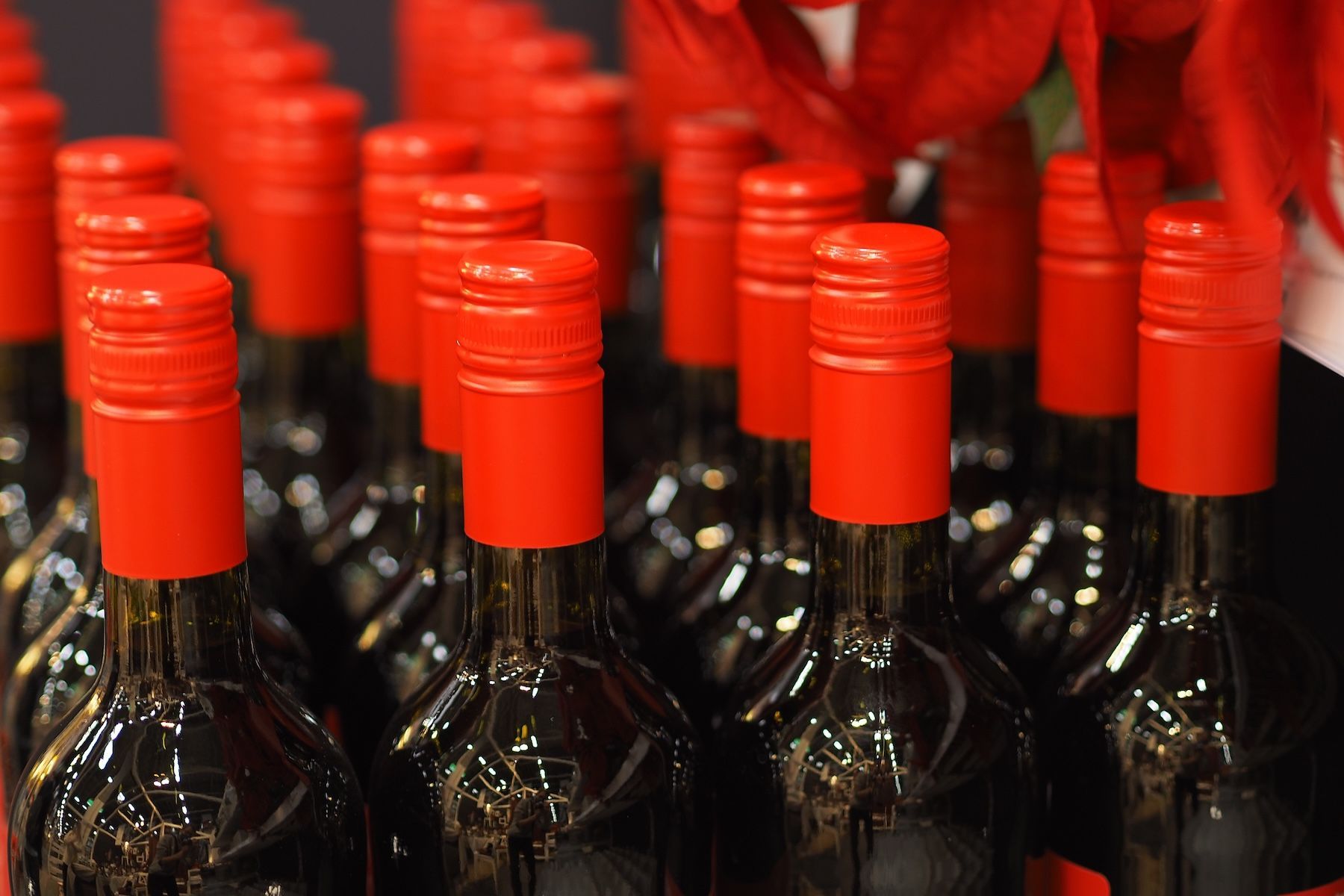
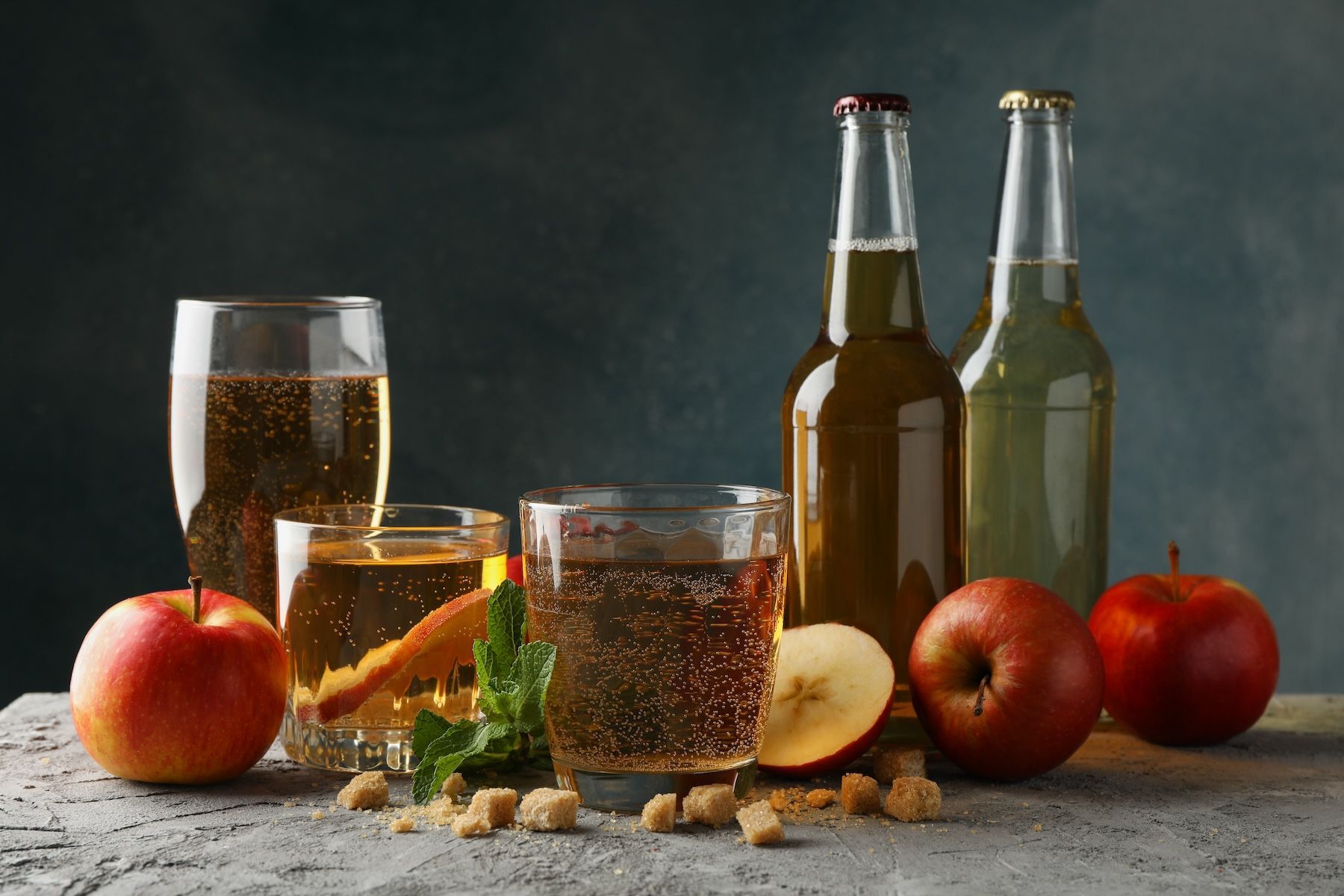


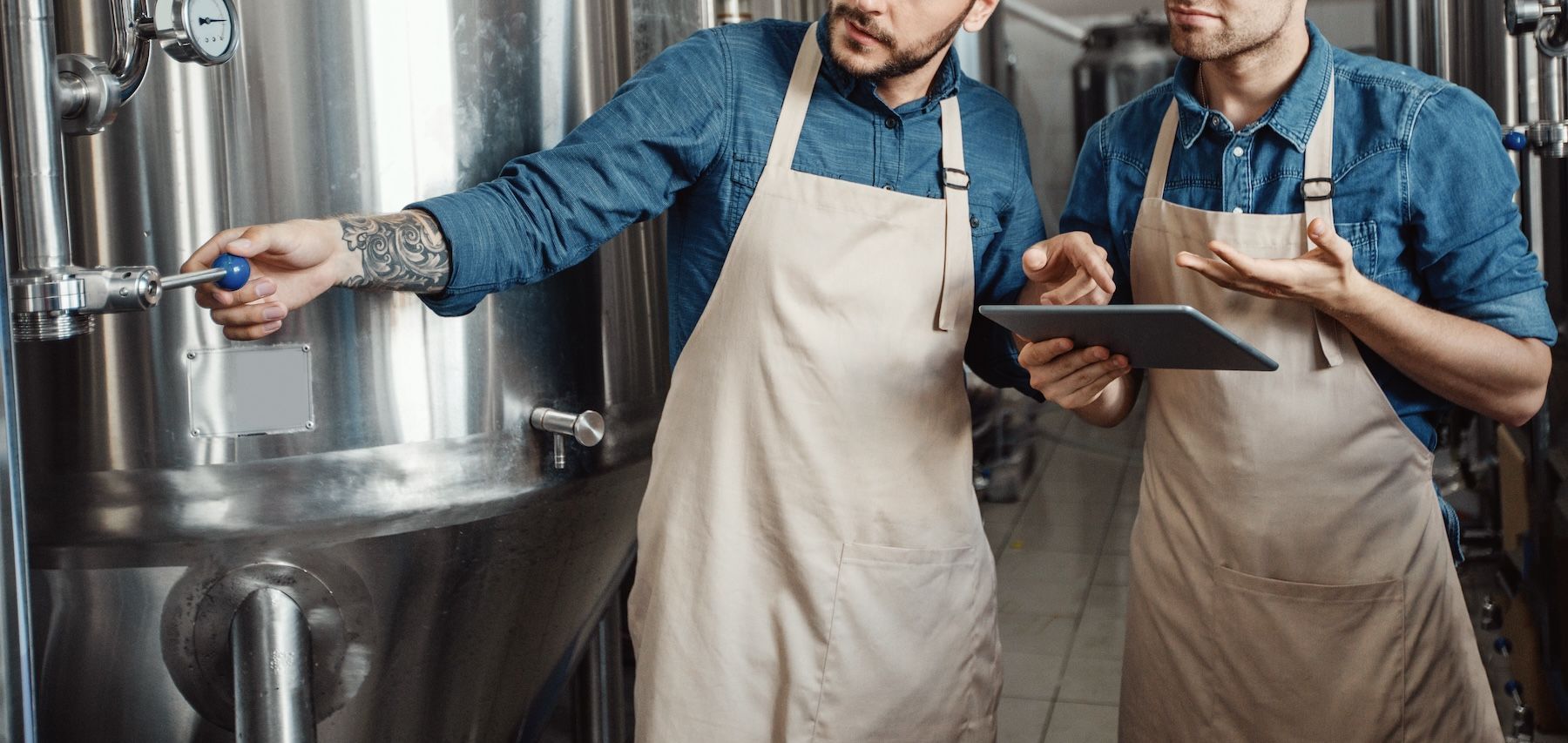



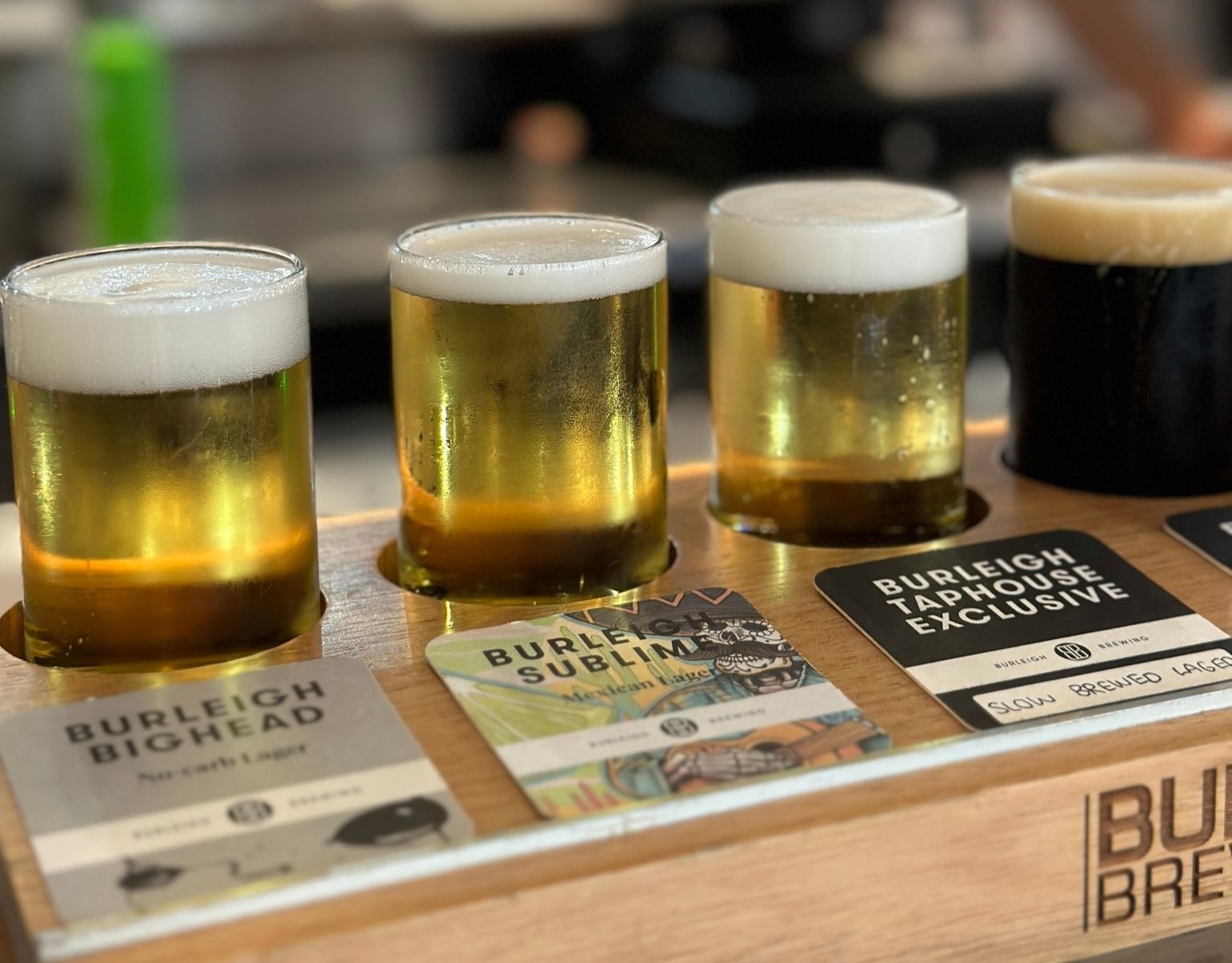
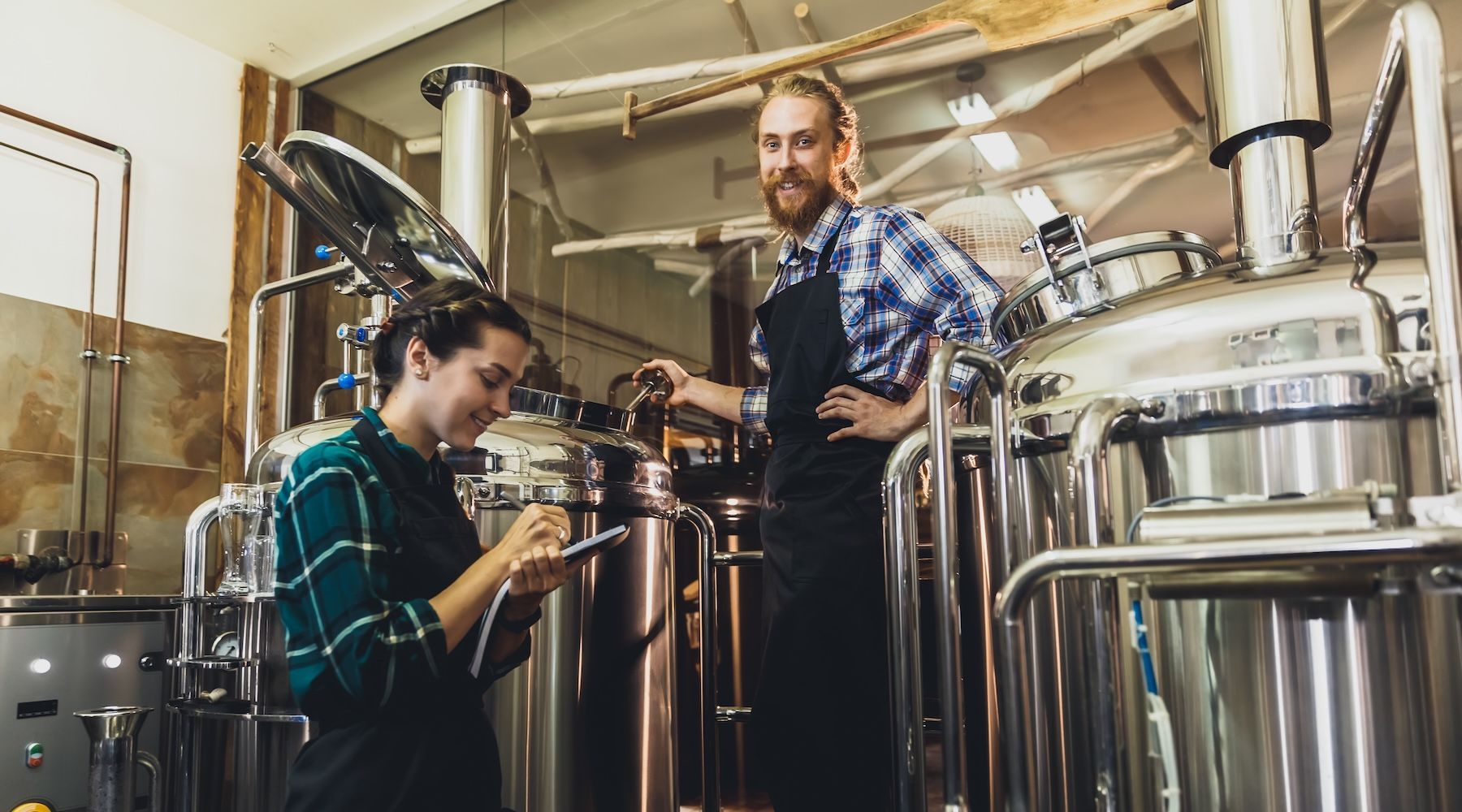
GET IN TOUCH
1512 Larimer Street, Suite #150
Denver, CO 80202
United States
(720) 699-0200
66 Goulburn Street
Sydney, NSW, 2000
Australia
+61 2 9044 1330


